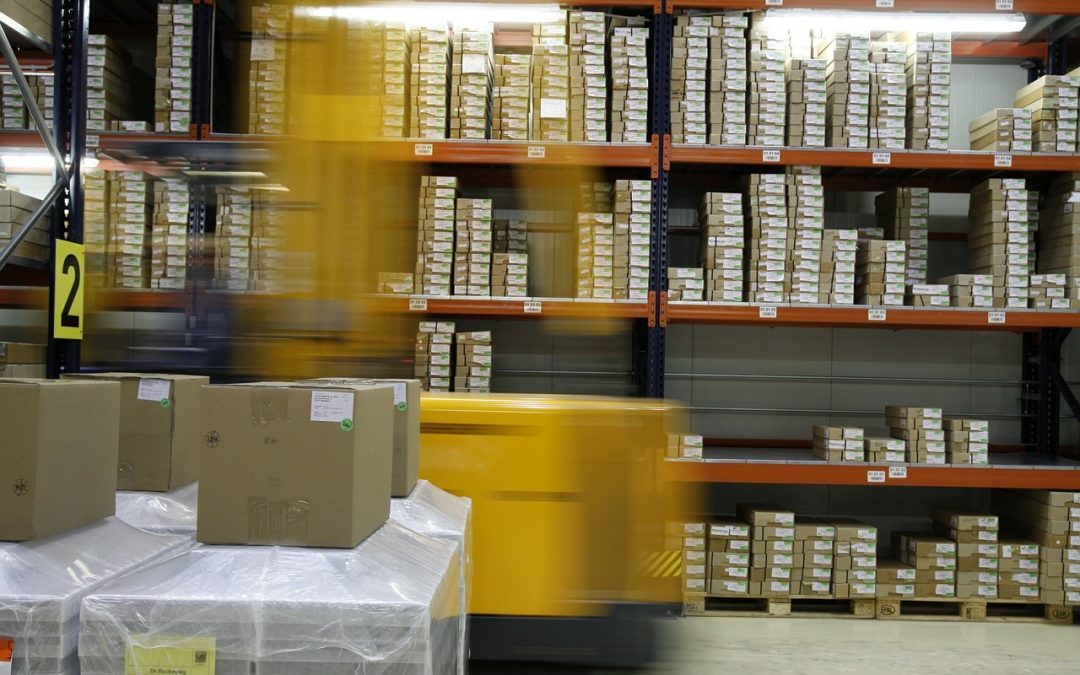There’s ongoing discussion in the lean community about where to start transformation projects. It’s an important debate because of how often lean implementations fail and the toll the failures take on people, companies, and the positive understanding of lean. Hard data on the failure rate is tough to find, but in looking at your own organization and talking with your network there’s probably many examples illustrating the point.
For further reading on the subject, consider Bob Emiliani’s post series (links included below). Professor Emiliani is a distinctive and respected voice in the US lean community and has decades of hands on work and research to support his perspective.
Numerous differences in organizations, industries, and market dynamics make this a tough problem to diagnose, but there seems to be consensus that a high degree of management buy in is required for success. That obvious statement leads to a more difficult question – how do you secure that management buy-in? The best way is a clear example of improved results. If we need management buy-in and buy-in comes from better results, where should we start our implementation to get those results?
I’m going to ignore for the moment the fact that lean and standard management practices have foundational, systemic, and structural differences. We’re going to operate assuming you are trying to create results to gain traction for a better system and you need to start somewhere specific to get there.
Consider two very different starting points – 5S (housekeeping) or production (output).
The classic approach is to start with 5S. See references below for general reading on the subject. Start cleaning up the area, conventional wisdom says, and all other kinds of good things will magically follow. Remember the last time your kid cleaned their room? The results of this approach will be the same, and it’s where many lean implementations stall and fail. By itself, 5S is an abstract idea that doesn’t relate to measurable progress in the way management thinks. Of course it’s a good thing to have a cleaner and more organized work environment, but that should be generated by the implementation as an output not a standalone input.
A different approach is to start at the production board. The production board is your day’s scoreboard – win or lose. All problems and opportunities are reflected here, which makes it a great place to understand the ground truth and create real change. The best companies treat their production boards as communication hubs: team leaders receive feedback and give coaching, production operators record issues and see the work plan, and functional teams resolve quality issues and maintenance concerns. When you make the production board the hub, kaizen opportunities are clear, 5S happens naturally through work improvement, and results improve.
Our goal as integrators is that every lean implementation succeeds. Whether you start at the board, with 5S, or somewhere else, make sure you can show results that provide a platform for additional positive change.
Lean Transformation Analysis Series from Professor Emiliani:
https://bobemiliani.com/wp-content/uploads/2016/03/open_letter.pdf
https://bobemiliani.com/lean-transformation-failure-analysis/
https://bobemiliani.com/lean-success-and-lean-failure/
https://bobemiliani.com/solving-lean-transformation-problem/
5S as a Starting Point:
https://www.qualitydigest.com/inside/quality-insider-column/5s-or-not-5s.html#
http://www.aleanjourney.com/2016/01/5-reasons-5s-is-good-place-to-start.html
https://www.lean.org/LeanPost/Posting.cfm?LeanPostId=782
http://leangenesis.com/5s-is-the-place-to-start-your-lean-manufacturing-journey/




